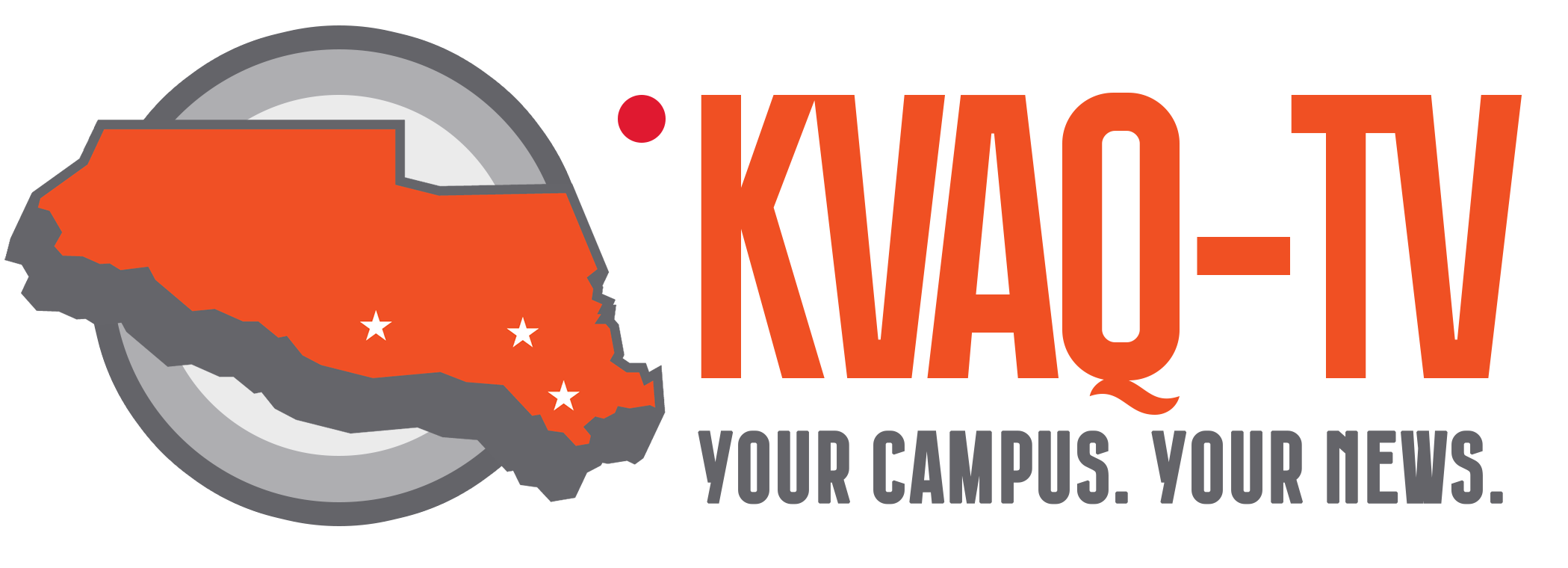EDINBURG – The Biden administration announced that it is resuming payments for student loan borrowers this month following the end of the student loan payment pause.
As stated on the Federal Student Aid website, payments begin for all borrowers who are past the six-month grace period that follows graduation.
Roman Silva, assistant director of Financial Aid at UTRGV, explained the steps to taking care of one’s loans, and how to acclimate handling the strain of unexpected added expenses.
“During those six months we usually advise students, one, communicate with your servicer,” Silva said. “Identify who your servicer is, two, prepare your budget. After those six months lapse, you’ll be in a good position to begin resuming those payments.”
Concurrent with the resuming of payments, last Wednesday the U.S Department of Education announced that the Biden administration is approving an additional nine-billion dollars in student debt relief targeted at over 100,000 borrowers in public service loan forgiveness and income-driven repayment plans.
A recently introduced subset of IDR plans is the SAVE plan, which lowers monthly student loan payments based on income and family size.
Jake Courtney, a student loan adviser, says the SAVE plan is particularly targeted to aid borrowers with lower incomes, like graduates.
“Your first year out of college, you might not have a large salary or compensation structure because you’re just entering a new career field,” Courtney said. “I would say just know that under income-driven repayment plans, you’re always going to have a payment that theoretically you should be able to afford.”
The Department of Education says that there is an on-ramp period from now until the end of Sept. 2024 in which missed payments will have no consequence to borrowers’ credit.
Borrowers can apply for the SAVE plan and view their payments at www.studentaid.gov.




